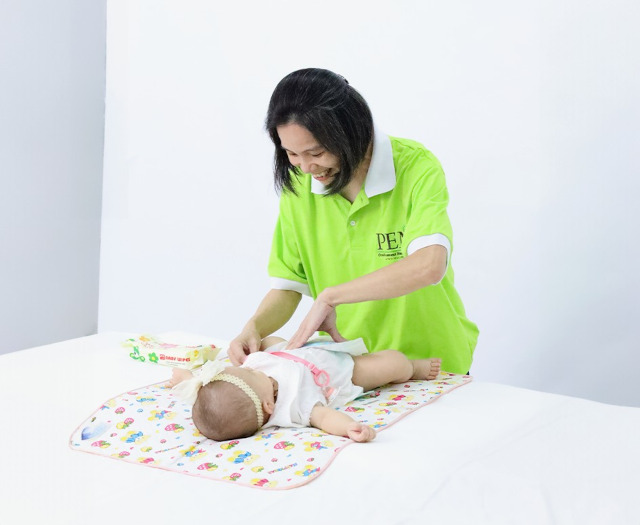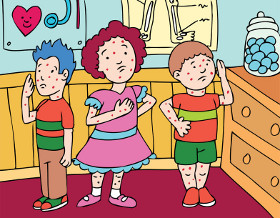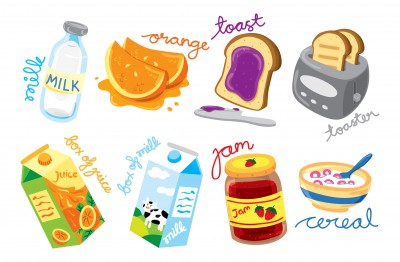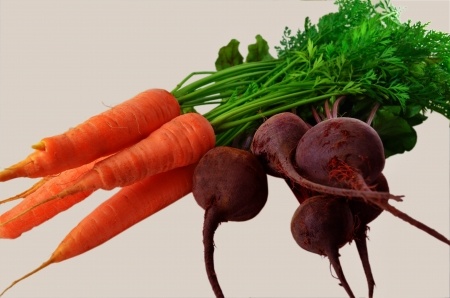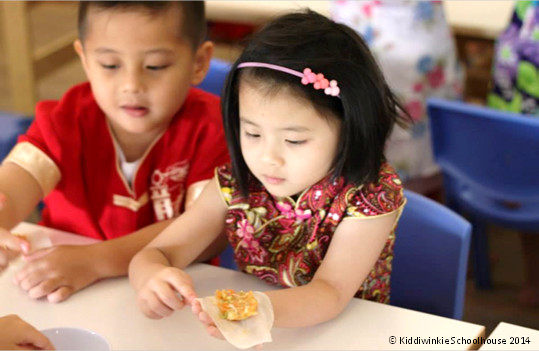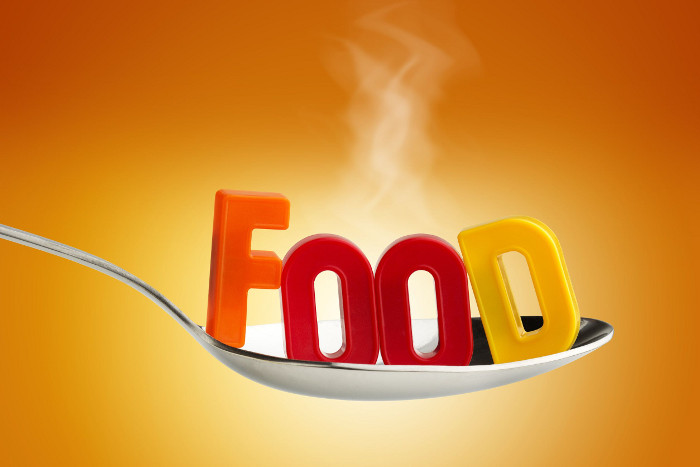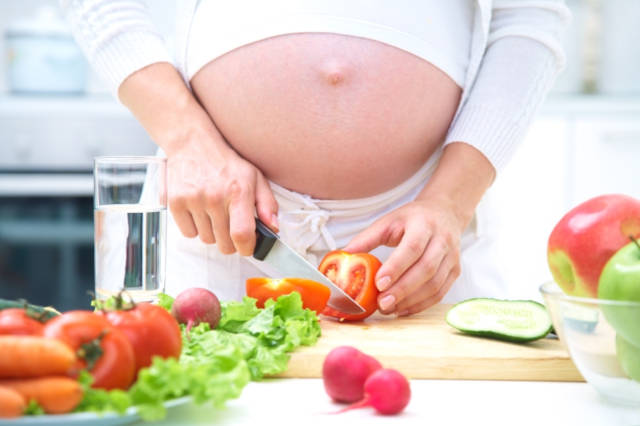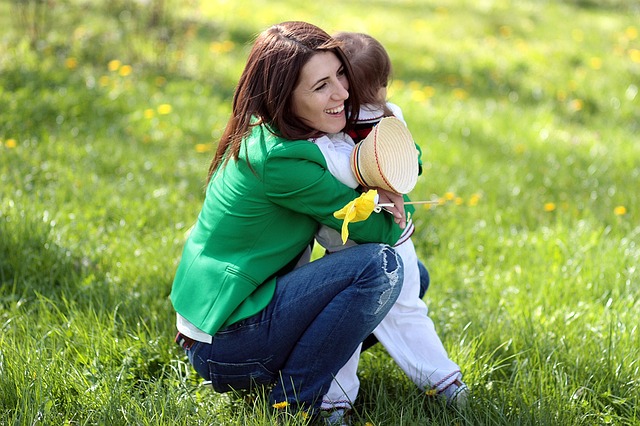What happens when we get food poisoning? A Gastroenterologist shares tips on how to deal with it.
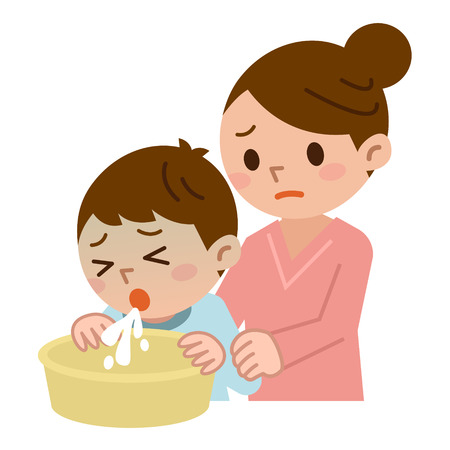
What are the symptoms of food poisoning and how do we deal with it in the immediate aftermath and time after?
Food poisoning is an illness caused by a bacteria or virus. It results in abdominal cramps, fever, nausea, vomiting and diarrhoea. In some cases, there may be blood in the stools.
In severe cases of vomiting, one is unable to consume liquids. A combination of severe vomiting and profuse watery diarrhoea can lead to dehydration, lethargy and giddiness with fainting spells.
Here are some tips to help you through an episode of food poisoning:
- Stay hydrated – take small sips of water frequently. Isotonic sports drinks with electrolytes or porridge water are better than drinking plain water alone.
- Watch what you eat – avoid spicy food which contains chilli 🌶. Also, avoid dairy products such as milk 🥛 as it can cause diarrhoea. Coffee and tea ☕️🍵, which have caffeine, can aggravate gastric pain.
- Avoid over eating – Bloating is a common problem. Do not worry if you are unable to finish a meal. Consuming small meals are perfectly fine. The aim is to have a little nutrition without vomiting. Focus more on drinking enough fluids.
- Have ample rest – avoid engaging in vigorous activities, which may stress your body or lead to perspiration and further dehydration.
It is important to assess your symptoms. If you are experiencing any of the following, visit your doctor for a proper evaluation:
- High fever
- Severe pain in the tummy
- Unable to retain liquids
- Recurrent vomiting for more than a day
- Features of severe dehydration such as a dry mouth, decreased urination and giddy spells.
- Feeling breathless or having heart palpitations
- Presence of blood in the stools
- Feeling confused
How can we ensure the proper handling of food, especially with young children around?
Hand hygiene is very important, especially when young children are around. Children are often exposed to viral infections at childcare centres and schools. These infections can spread by contact from one person to another.
If a child is ill with a diarrhoeal illness, a caregiver who is preparing meals needs to ensure that his or her hands are washed properly before cooking. Additional precautions that one should take include:
- Serve cooked food to young children. Avoid giving them foods which are raw, unless you are certain that it is cServe cooked food to young children.lean and uncontaminated (e.g. sushi, salads).
- Cooked food should be consumed within 2 hours of preparation.
- If leftovers are stored in the refrigerator, ensure that they are chilled to less than 4 degrees Celsius, kept for less than 3 days, and reheated properly before serving.
In general, everyone including the young and old should take note of the following precautions:
- Always wash your hands before food preparation and after visiting the toilet.
- It is preferable to use soap when washing your hands.
- Ensure that utensils are properly washed and stored in a clean environment.
- Wash fruits and salads with clean water before eating
- Do not mix cooked and uncooked foods together during storage.
- Avoid cross-contamination. Use separate cutting boards and knives for meats and vegetables. Use different cutlery or tongs to handle cooked and uncooked foods.
- Ensure that food is properly cooked and not just warm.
- Cooked food should not be left uneaten for more than 2 hours at room temperature.
- If cooked food is left uneaten for more than 2 hours, keep it constantly heated at a temperature above 60 degrees Celsius.
- Food should be properly covered or stored during transportation.
- Check the appearance, smell and colour of your food. If it does not look right, do not eat it.
What types of food are high risks of contamination?
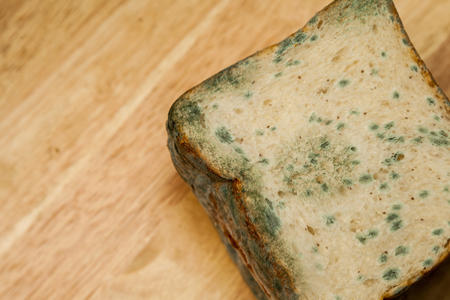
According to the National Environment Agency, foods such as meats, seafood and eggs are at higher risk of contamination, if it is not cooked thoroughly.
Raw fish or shellfish may harbour viruses, bacteria or parasites. Undercooked poultry such as chicken, duck and turkey can be contaminated with the Campylobacter and Salmonella bacteria. Salmonella bacteria can also contaminate eggshells and the inside of an egg 🥚.
Raw vegetables and fruits have an increased risk of contamination as compared to cooked foods. Bacteria such as E.coli can be found in raw vegetables 🥬. Hence, ingredients used for salads should be properly washed and kept apart from meats.
What is the recommended time to keep leftovers?
According to the United States Department of Agriculture and Food Safety and Inspection Service (USDA), leftovers should not be stored at room temperature for more than 2 hours.
It should be placed into the refrigerator once it is has cooled down. In the refrigerator, food should be kept for 3 days before it is discarded. If there is food in the refrigerator, one should ensure that the food is adequately reheated before its consumption.
If your meal does not taste or smell right, it is best to discard it. Check that your fridge has a temperature below 4 degrees Celsius. If the temperature is higher, bacteria can proliferate. As bacteria can grow rapidly at room temperature, it is recommended to not re-freeze thawed foods.
Potential health issues with consuming food from online food delivery services, food caterers, and meal subscription services?
Poor hygiene standards can cause food contamination and result in food poisoning. A food delivery business offers an additional risk as compared to a restaurant in terms of food preparation.
Caterers may be required to cook a large quantity of food despite having a small kitchen, as there is technically no upper limit to the number of orders which they can take. This is in contrast to restaurants which are limited by their seating capacity.
When there is a large volume of orders, cooked food may be prepared very early and stored for long durations before it is delivered and consumed. In some instances, food handlers might overlook food storage and preparation protocols due to a lack of time, manpower or facilities.
Food that is stored under unhygienic conditions and reheated to a temperature that is not sufficiently high to kill bacteria will pose a risk of causing food poisoning.
The risk of this incident occurring in a restaurant is lower because restaurants serve freshly cooked food. In addition, food should be delivered to its customer promptly after it is prepared in a clean and hygienic manner.
Potential health issues may occur when:
- Cooked food is left to sit at room temperature for excessively long periods.
- Stored food is reheated to a temperature which is insufficient to kill bacteria, leading to food poisoning.
- Due to a lack of space, cooked food is stored in an unsuitable environment, leading to contamination
- Food handlers may overlook food storage and preparation protocols due to the large volume of orders and limited resources
- There is an excessively long time between food preparation and delivery to the customer
- Contamination can occur when cooking utensils—such as a cutting board or knife—are used for both raw and cooked foods
- Contamination can also occur when raw meat is stored next to fruits, vegetables or cooked food.
- When ingredients are washed with contaminated water or come into contact with contaminated utensils.
- The kitchen may harbour pests e.g. rats, cockroaches that spread illnesses
- When food handlers may have poor personal and toilet hygiene, leading to bacteria being transferred from the washroom and into the food.
- Food handlers who are sick and inadvertently contaminate the food during preparation
How can one check if food from online food delivery services, food caterers, and meal subscription services are safe for consumption?
Cooked food should be delivered in bags and insulated boxes where the temperature remains above 60 degrees Celsius. Cold food should be delivered in a cooler or insulated box to keep the temperature below 5 degrees Celsius.
One should pay attention to the appearance, texture and smell of food. Do not eat under-cooked food or food that you suspect is stale or contaminated. If in doubt, it is best to discard the food, rather than to fall ill after consuming it.
This article is contributed by Dr Eric Wee, Senior Consultant Gastroenterologist from Nobel Gastroenterology Centre (A member of Healthway Medical Group).
* * * * *
Like what you see here? Get parenting tips and stories straight to your inbox! Join our mailing list here.
Want to be heard 👂 and seen 👀 by over 100,000 parents in Singapore? We can help! Leave your contact here and we’ll be in touch.





